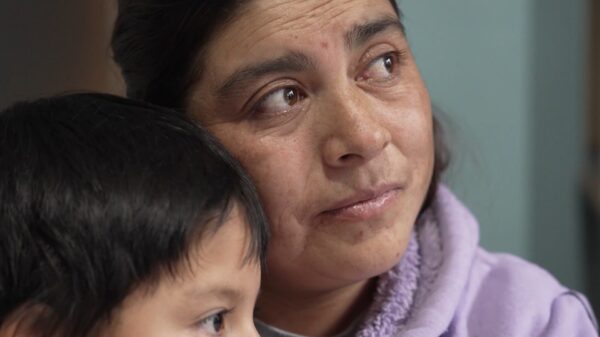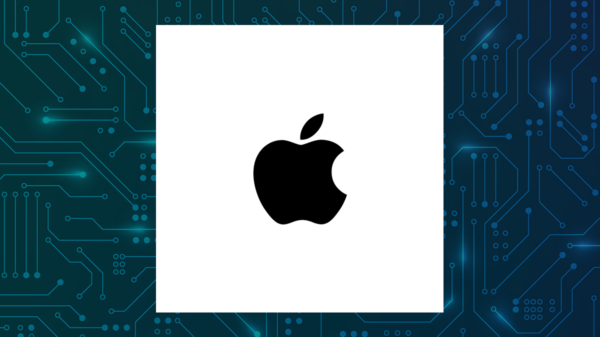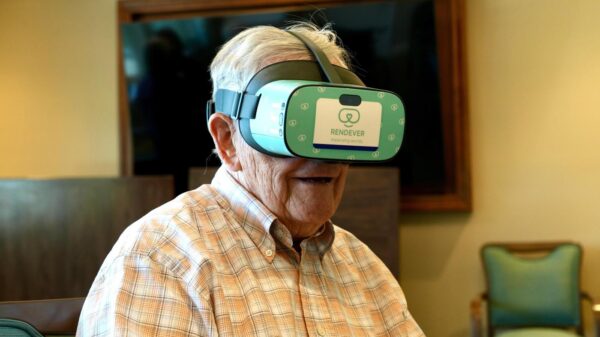URGENT UPDATE: Apple’s iPhone is rapidly evolving into a powerful health tracking device, with new features set to reshape personal well-being management by 2025. The latest enhancements incorporate advanced sensors and software that allow users to monitor vital health metrics, transforming everyday smartphones into essential health companions.
Just announced, these cutting-edge features utilize the device’s accelerometer, gyroscope, and optical heart rate sensor to provide users with insights previously only available through specialized medical equipment. This evolution not only democratizes access to health data but also raises significant questions regarding privacy and accuracy in the tech landscape.
For instance, the iPhone now tracks daily step counts and distance traveled using its built-in motion coprocessor, all without requiring an Apple Watch. This data feeds directly into the Health app, enabling users to identify patterns in their mobility—critical for managing conditions like arthritis or achieving fitness goals.
According to insights from CNET, mastering the Health app turns passive tracking into actionable intelligence, allowing users to set personalized alerts based on aggregated data.
Heart rate monitoring has also seen substantial improvements. The iPhone can now measure resting, walking, and recovery rates using its camera and flash, with potential continuous tracking when paired with the Apple Watch. By 2025, enhancements like irregular rhythm notifications will alert users to potential atrial fibrillation risks, leveraging refined algorithms derived from extensive user data, as detailed by Healthline.
Additionally, users can expect significant upgrades in sleep tracking, which will now incorporate respiratory rates and sleep stages via connected devices. Recent updates to iOS, reported by MacRumors, hint at a forthcoming sleep score feature that aggregates metrics such as duration and quality into a comprehensive daily assessment.
Beyond basic activity, the iPhone is breaking new ground in specialized health metrics. A key feature monitors headphone audio levels to prevent long-term damage to hearing, an initiative emphasized in Apple’s own announcements. By capping exposure to high decibels and providing weekly summaries, Apple addresses growing concerns in our audio-driven lives.
Cycle tracking for menstrual health has also advanced, using temperature data from compatible wearables to forecast ovulation and fertility windows. This predictive capability integrates mental well-being logs, correlating hormonal shifts with mood changes, as explored in guides from Apple Support.
However, these advancements bring challenges. Privacy remains a critical focus, with Apple emphasizing end-to-end encryption and user-controlled data sharing. While this approach fosters trust, it may limit interoperability with non-Apple devices, potentially creating silos in the health tech market.
Moreover, while Apple’s metrics generally receive high praise for reliability in controlled studies, real-world variables can introduce inaccuracies. A comparative analysis from SimplyMac highlights that the iPhone’s calorie burn estimates often outperform those of its competitors, thanks to refined algorithms that consider personal biometrics.
Looking ahead, the iPhone’s health tracking capabilities are poised for further innovation. Rumors of upcoming features like blood pressure monitoring and advanced ECG capabilities have emerged from sources including iPhone in Canada. Developers and health professionals will find new opportunities to create applications leveraging HealthKit APIs, fostering a vibrant ecosystem.
As Apple continues to redefine the boundaries between consumer gadgets and medical companions, the tech giant challenges competitors to enhance their offerings. Industry observers, referencing trends from ZDNet, predict that by 2026, features like integrated healthspan metrics could redefine preventive care, making proactive health management as routine as checking notifications.
This trajectory underscores Apple’s dominance in the health tech sector while prompting critical discussions on ethical data use as the world embraces an increasingly quantified approach to personal health.






































































